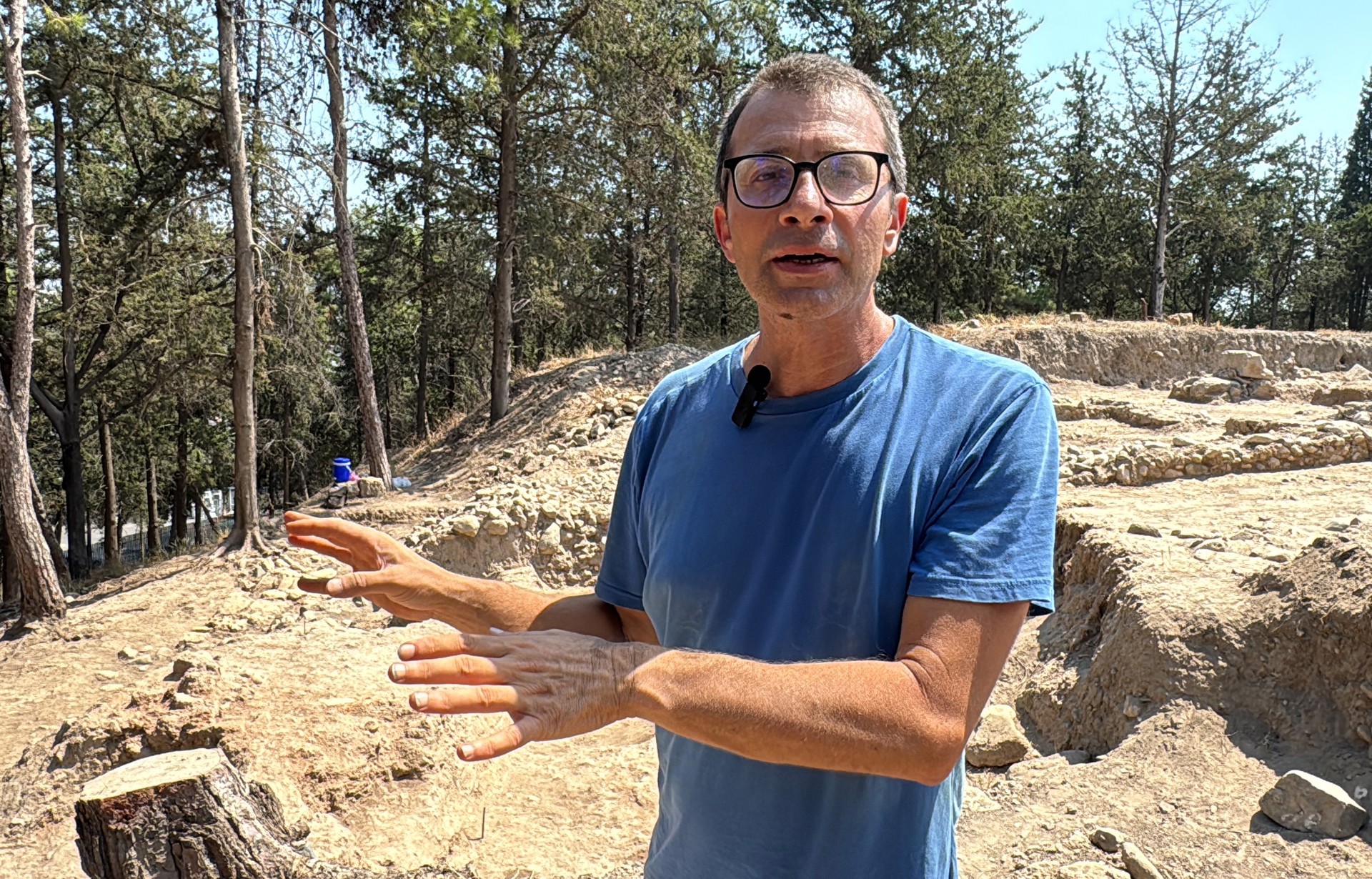
Archaeological excavations at the 9,000-year-old Yumuktepe Hoyuk in Mersin, Türkiye, continue under the leadership of professor Giulio Palumbi from Italy’s Bari Aldo Moro University.
The latest season of digging has uncovered significant findings, including evidence of Hittite-period fortifications and medieval stone foundations. These discoveries shed light on the ancient civilizations that once thrived in the region.
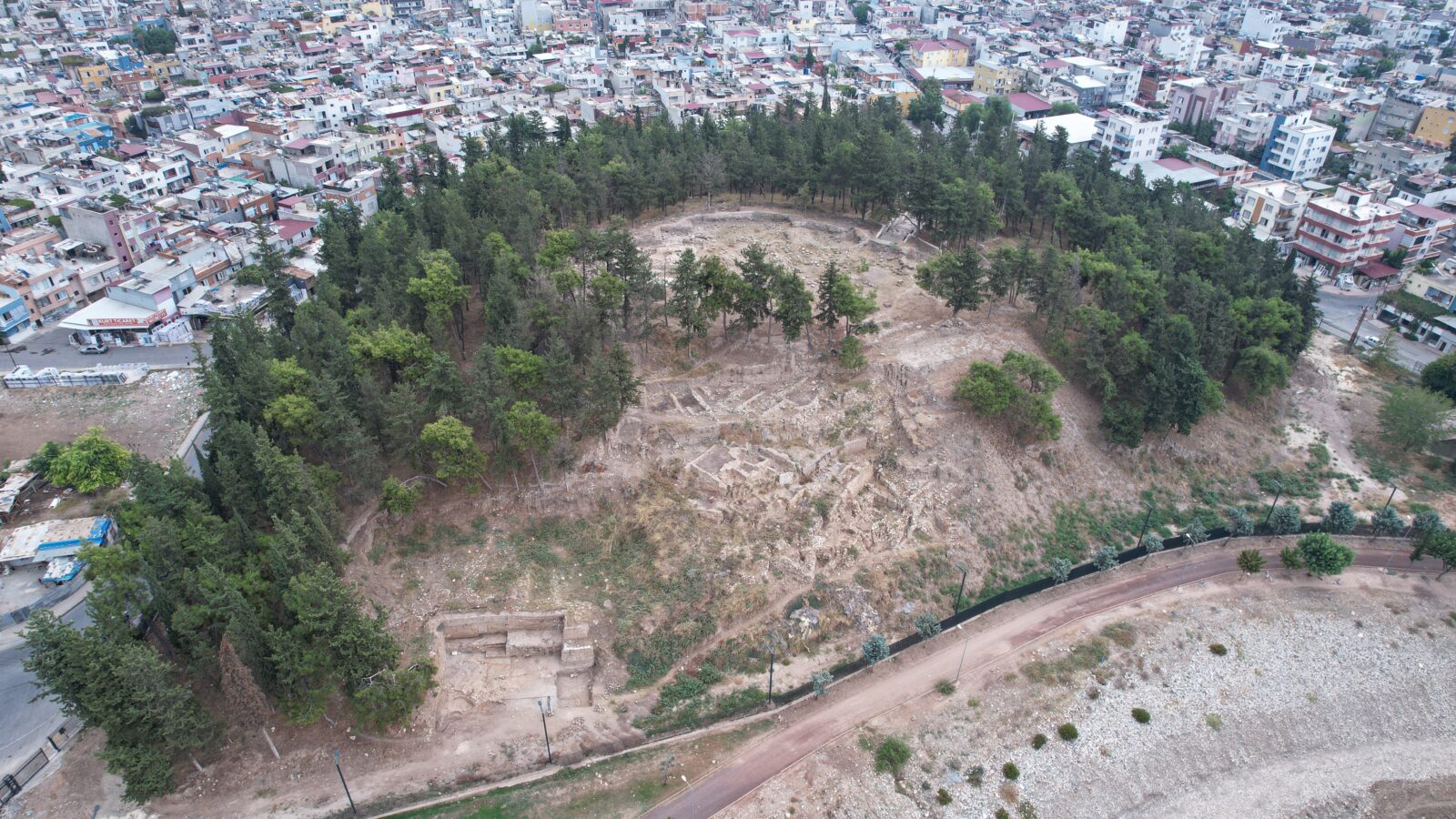
Excavations at Yumuktepe Hoyuk, one of Anatolia’s oldest settlement sites dating back to 7,000 B.C., are currently being carried out across three areas. This year, the team, led by Palumbi, has unearthed a large mudbrick wall believed to be part of a Hittite-era fortification.
"We have found both a large stone foundation from the Medieval period and a significant mudbrick wall likely belonging to a Hittite settlement," said Palumbi.
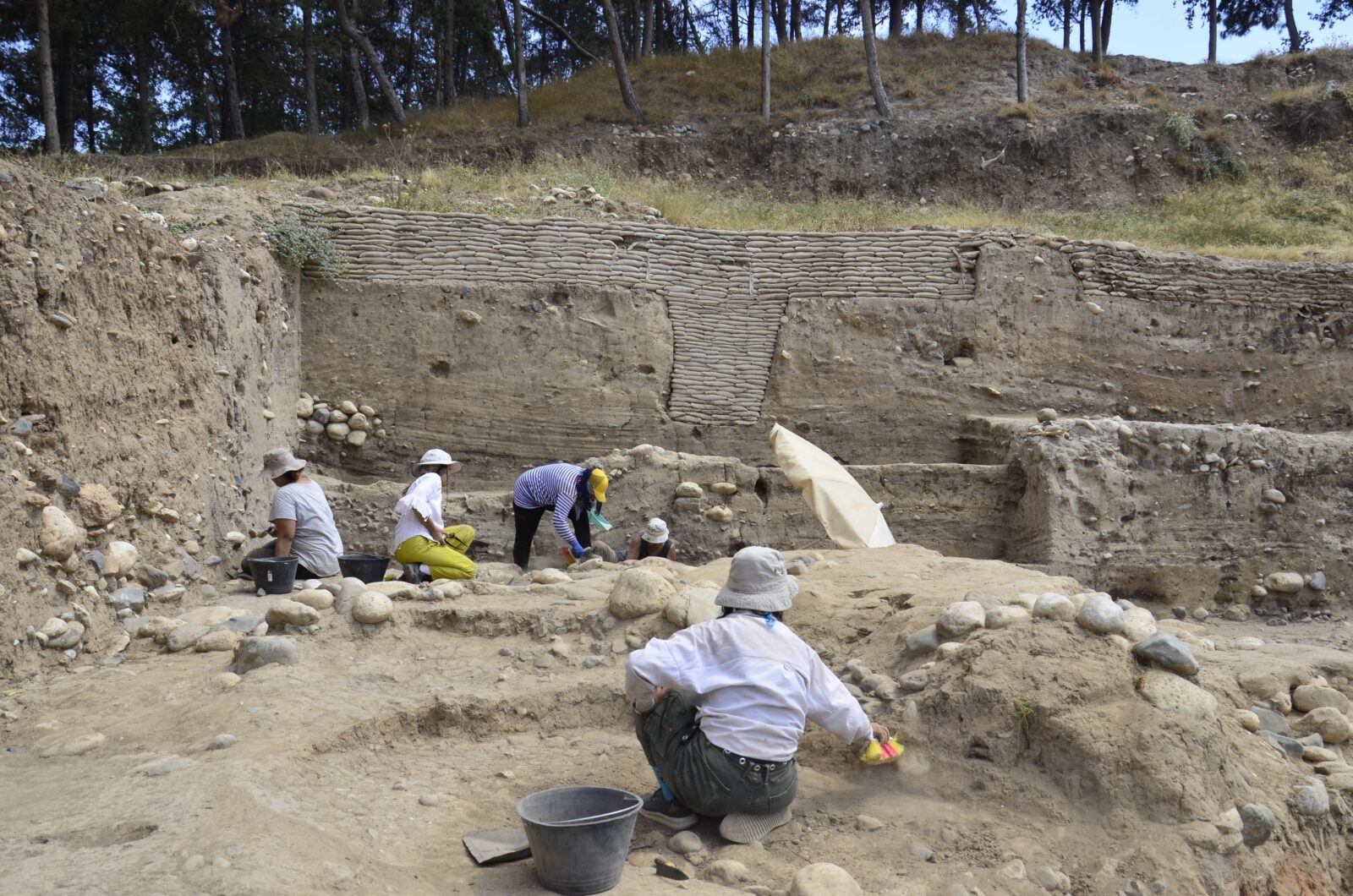
The excavation team is aiming to reach even deeper layers from the Early Bronze Age and Late Chalcolithic periods. Palumbi explained that they hope to expose the oldest prehistoric layers, including those from the earliest Bronze Age.
"We are striving to uncover these ancient layers, which could provide us with invaluable insights into the early civilizations of the region," Palumbi added.
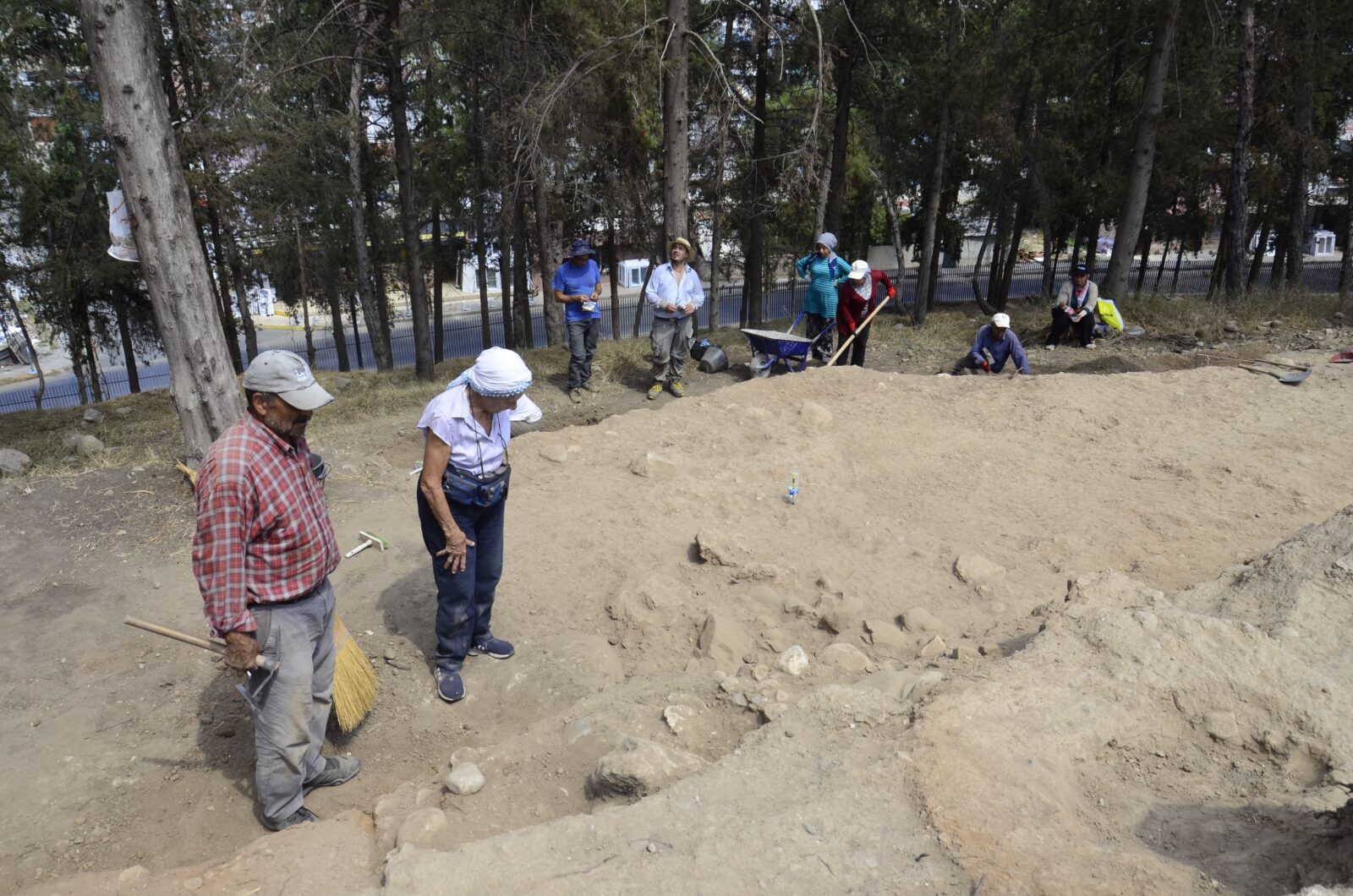
Archaeologist Tulay Ozaydin, assistant director of the excavation, is focusing on the Middle Iron Age layer, dating back to the first millennium B.C. Ozaydin highlighted the significance of finding a pottery fragment featuring concentric designs influenced by Cypriot art.
"We have found several examples of this style, which connects Yumuktepe to a period of extensive trade and cultural exchange, particularly with Cyprus," she noted.
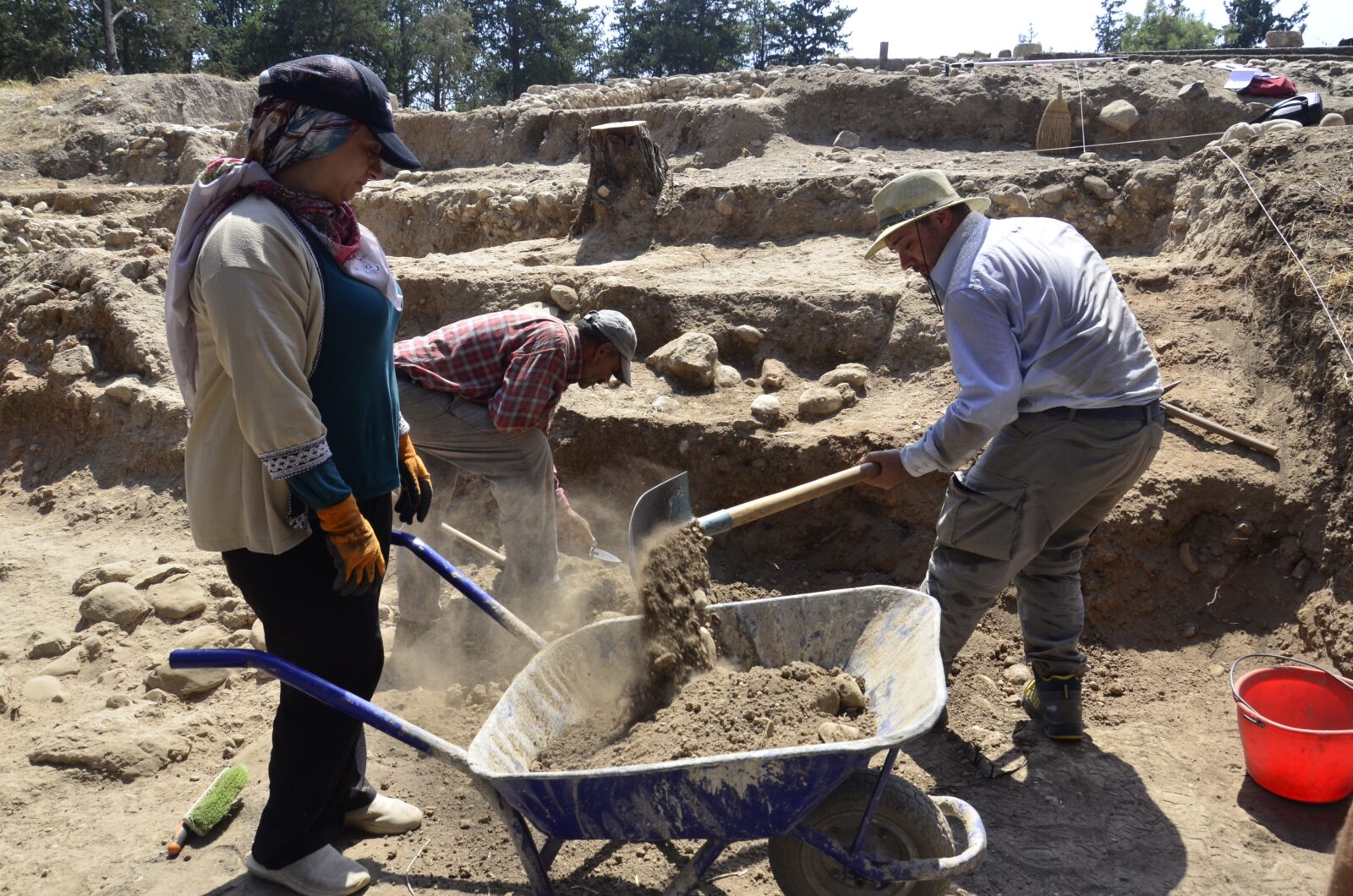
Ozlem Aytek from Pamukkale University, another assistant director of the excavation, is leading the investigation into the earliest layers of the site, dating back to 6,500 B.C. Aytek is particularly interested in the architectural remains, which include stone foundations and mudbrick structures.
"We have expanded our excavation area this year, aiming to better understand the site’s internal chronology and the functions of different architectural spaces, including storage areas that contain botanical remains like lentils," she explained.
The ongoing excavations at Yumuktepe Hoyuk are expected to continue until Oct. 5. The findings will not only deepen our understanding of ancient Anatolian civilizations but also contribute to the site's future transformation into an open-air museum.